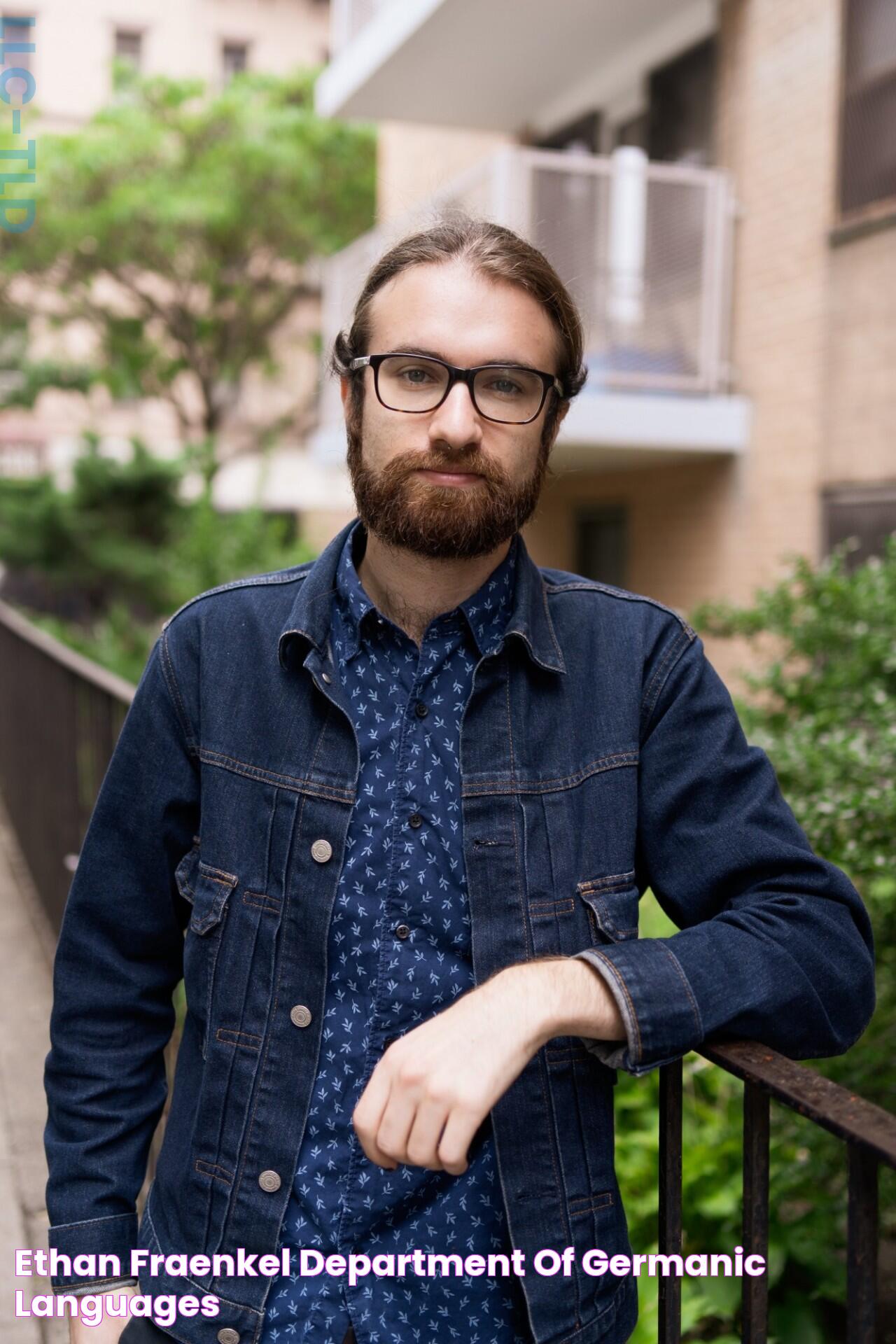Germanic fairies have long captivated the imaginations of cultures across Europe, serving as mythical creatures deeply rooted in the folklore and legends of the Germanic peoples. These enchanting beings, often portrayed as ethereal and magical, have played significant roles in tales that have been passed down through generations. The rich tapestry of stories surrounding Germanic fairies reflects the cultural beliefs, values, and fears of the societies that created them. From their mysterious origins to their roles in mythology and cultural impact, Germanic fairies continue to be a subject of fascination and intrigue.
The allure of Germanic fairies lies in their diverse depictions and the roles they play within the mythological framework. They are often associated with natural elements such as forests, rivers, and mountains, embodying the spirit of the untamed wilderness. These fairies are both revered and feared, as they possess the power to bless or curse humans depending on their whims. Their stories are not just tales of fantasy; they are reflections of the human psyche and the way people once explained the mysteries of the world around them.
As we delve into the world of Germanic fairies, we will explore their origins, characteristics, and the various categorizations that exist within Germanic folklore. We will also examine their influence on art, literature, and modern culture, demonstrating their enduring legacy. The journey into the realm of Germanic fairies is not just an exploration of mythological creatures but also an insight into the cultural history and traditions that have shaped our understanding of these magical beings.
Read also:Cardi B A Phenomenal Rise To Stardom
Table of Contents
- Where Did Germanic Fairies Originate?
- What Are Their Characteristics?
- Types of Germanic Fairies
- How Have Germanic Fairies Influenced Culture?
- Role in Germanic Mythology
- Germanic Fairies in Literature
- Depictions in Art
- Germanic Fairies in Modern Culture
- Comparisons with Other Fairies
- Historical Beliefs and Practices
- Fairies in Germanic Folklore
- Why Are Germanic Fairies Unique?
- Preserving the Legacy
- Frequently Asked Questions
- Conclusion
Where Did Germanic Fairies Originate?
The origins of Germanic fairies are steeped in the ancient traditions and beliefs of the Germanic tribes. These tribes, which include groups such as the Anglo-Saxons, Norse, and Teutons, inhabited vast regions of Northern Europe. Their mythology and folklore were shaped by the natural environment they lived in, which was often harsh and unforgiving. Germanic fairies likely emerged as personifications of the natural forces that the tribes encountered, serving as explanations for the unexplained phenomena in their world.
Germanic mythology, with its pantheon of gods and mythical creatures, provided a fertile ground for the development of fairy tales. The fairies, or "alfs" as they were sometimes called, were believed to inhabit parallel worlds, often unseen by human eyes. These worlds were thought to exist in the forests, mountains, and other secluded natural settings, where the veil between the human realm and the fairy realm was thinnest. The concept of fairies as guardians or spirits of nature is a common theme found in many cultures, but the Germanic interpretation is unique in its blend of mysticism and practicality.
What Are Their Characteristics?
Germanic fairies are often described as small, delicate beings with an ethereal beauty. They possess magical powers and are believed to have the ability to shape-shift, control the elements, and influence human fate. Despite their enchanting appearance, they are not always benevolent. Fairies in Germanic folklore are known for their capricious nature, capable of bestowing blessings or curses based on their mood or how they are treated by humans.
The characteristics of Germanic fairies vary significantly depending on the specific folklore or region. Some are depicted as light and airy, with translucent wings and a gentle demeanor, while others are more earthy and mischievous, with a penchant for playing tricks on humans. The duality of their nature reflects the duality of the natural world—both beautiful and dangerous.
Types of Germanic Fairies
Within the realm of Germanic fairies, there are several distinct types, each with its own unique traits and stories. Some of the most well-known types include:
- Elves: Often considered the archetypical fairy, elves are known for their beauty and wisdom. They are frequently depicted as guardians of the forest.
- Gnomes: These creatures are usually portrayed as small, bearded men who dwell underground, protecting treasures and minerals.
- Huldra: Known for their seductive appearance, Huldras are forest spirits that can be both alluring and dangerous.
- Nymphs: Associated with bodies of water or other natural features, nymphs are ethereal spirits that embody the essence of their environment.
How Have Germanic Fairies Influenced Culture?
Germanic fairies have had a profound impact on culture, both in the past and present. Their stories have been woven into the cultural fabric of societies, influencing art, literature, music, and even modern media. In the past, they were integral to oral storytelling traditions, serving as cautionary tales or moral lessons for listeners. The influence of Germanic fairies can be seen in the works of famous authors such as the Brothers Grimm, whose fairy tales have become classics worldwide.
Read also:Winter Storm Weather Forecast Prepare For The Cold Ahead
Role in Germanic Mythology
In Germanic mythology, fairies often occupy a liminal space between the divine and the mortal. They are seen as intermediaries who can communicate with gods or influence human lives. Their presence in myths serves to highlight the interconnectedness of all living things and the delicate balance that must be maintained in the natural world. Stories of fairies often emphasize themes of respect for nature, the consequences of greed, and the importance of humility.
Germanic Fairies in Literature
Literature has been a powerful medium for preserving and spreading tales of Germanic fairies. From ancient sagas to contemporary fantasy novels, these mythical creatures have captured the imagination of writers and readers alike. Works such as "The Ring of the Nibelung" and "The Hobbit" draw heavily from Germanic mythology, incorporating elements of fairy lore into their narratives. The enduring appeal of these stories lies in their ability to transport readers to fantastical worlds where the impossible becomes possible.
Depictions in Art
Artists throughout history have been inspired by the enchanting world of Germanic fairies. Paintings, sculptures, and illustrations often depict these beings in their natural habitats, surrounded by lush landscapes and mystical elements. The Pre-Raphaelite movement, in particular, embraced fairy themes, with artists like John William Waterhouse and Edward Burne-Jones creating iconic works that capture the ethereal beauty of fairies.
In more recent times, fairies have found their way into popular media, including films, television shows, and video games. Their presence in visual art continues to evolve, reflecting contemporary interpretations of age-old legends.
Germanic Fairies in Modern Culture
In today's world, Germanic fairies continue to enchant audiences through various forms of entertainment. They have become staples in fantasy genres, appearing in everything from blockbuster movies to bestselling novels. The enduring fascination with fairies is a testament to their universal appeal and the timeless nature of their stories.
Modern interpretations of fairies often blend traditional folklore with contemporary themes, exploring issues such as environmentalism, identity, and the human condition. This fusion allows fairy tales to remain relevant and resonant with audiences across generations.
Comparisons with Other Fairies
While Germanic fairies share similarities with fairies from other cultural traditions, they also possess unique characteristics that set them apart. For instance, Celtic fairies, like the Sidhe, are often associated with the Otherworld, a mystical realm separate from the human world. In contrast, Germanic fairies are more closely tied to the natural environment and often interact with humans directly.
Despite these differences, there are common threads that unite fairy tales across cultures, such as the themes of transformation, magic, and the interplay between good and evil. These shared elements speak to the universal human desire to understand and explain the mysteries of the world.
Historical Beliefs and Practices
In historical contexts, beliefs in fairies often intersected with religious and spiritual practices. People would leave offerings or perform rituals to appease the fairies and ensure their goodwill. These practices were rooted in the belief that fairies had the power to influence crops, livestock, and even human health.
Such customs varied across regions and time periods, reflecting the diverse ways in which people sought to interact with the mystical forces they believed surrounded them. The legacy of these practices can still be seen today in certain traditions and festivals that celebrate fairies and nature spirits.
Fairies in Germanic Folklore
Germanic folklore is rich with stories of fairies, each tale offering a glimpse into the beliefs and values of the people who told them. These stories often feature fairies as central characters, driving the plot and teaching important lessons. Common motifs include enchanted forests, hidden treasures, and magical transformations.
Folklore serves as a vital link between the past and present, allowing us to explore the cultural heritage of the Germanic peoples. By examining these tales, we gain insight into the collective imagination and the ways in which fairies were used to convey complex ideas and emotions.
Why Are Germanic Fairies Unique?
Germanic fairies stand out from other fairy traditions due to their deep connection to the natural world and their dualistic nature. They embody both the beauty and danger of the wilderness, reflecting the complex relationship humans have with nature. This duality is a defining feature of Germanic fairy lore, distinguishing it from other cultural interpretations.
The uniqueness of Germanic fairies also lies in their adaptability. They have evolved over time, influenced by cultural shifts and changing societal values. This adaptability has allowed them to remain relevant and captivating, ensuring their place in the pantheon of mythical creatures.
Preserving the Legacy
Preserving the legacy of Germanic fairies is essential for maintaining our cultural heritage and understanding the historical contexts in which these stories were created. Efforts to document and study these tales continue to shed light on the rich traditions of the past and their influence on contemporary culture.
Educational initiatives, museum exhibits, and cultural festivals all play a role in keeping the stories of Germanic fairies alive. By engaging with these traditions, we ensure that future generations can appreciate the magic and wonder of these mythical beings.
Frequently Asked Questions
What are Germanic fairies?
Germanic fairies are mythical creatures rooted in the folklore and legends of the Germanic peoples, often associated with natural elements and possessing magical powers.
Are Germanic fairies real?
Germanic fairies are not real in the literal sense but are considered part of mythological and folkloric traditions that reflect cultural beliefs and values.
How do Germanic fairies differ from other fairies?
Germanic fairies are unique due to their deep connection to nature and their dualistic nature, embodying both beauty and danger, unlike some other fairy traditions.
What role do Germanic fairies play in mythology?
In mythology, Germanic fairies often serve as intermediaries between the divine and mortal realms, influencing human lives and emphasizing the interconnectedness of all living things.
How have Germanic fairies influenced modern culture?
Germanic fairies have influenced modern culture through literature, art, and media, appearing in fantasy genres and contemporary interpretations that explore various themes.
Why is it important to preserve the legacy of Germanic fairies?
Preserving their legacy is crucial for maintaining cultural heritage and understanding historical contexts, allowing future generations to appreciate the rich traditions of the past.
Conclusion
The enchanting world of Germanic fairies offers a fascinating glimpse into the folklore and mythology of the Germanic peoples. These mythical creatures, with their rich history and cultural significance, continue to captivate audiences around the world. From their mysterious origins to their influence on art and literature, Germanic fairies embody the timeless allure of myth and legend. By exploring their stories, we gain a deeper understanding of the cultural heritage that has shaped our perceptions of these magical beings. As we preserve and celebrate their legacy, we ensure that the magic of Germanic fairies will endure for generations to come.

